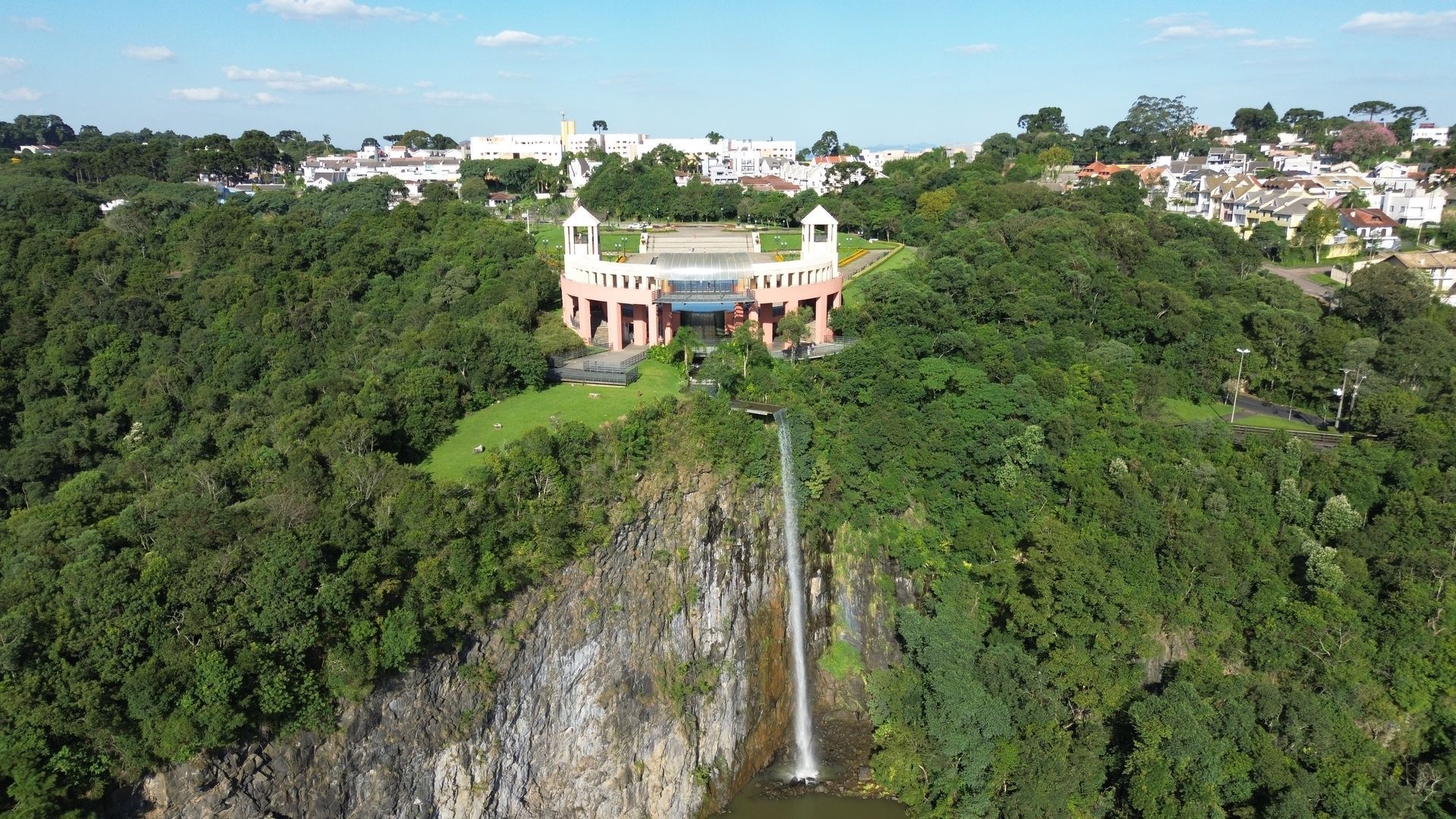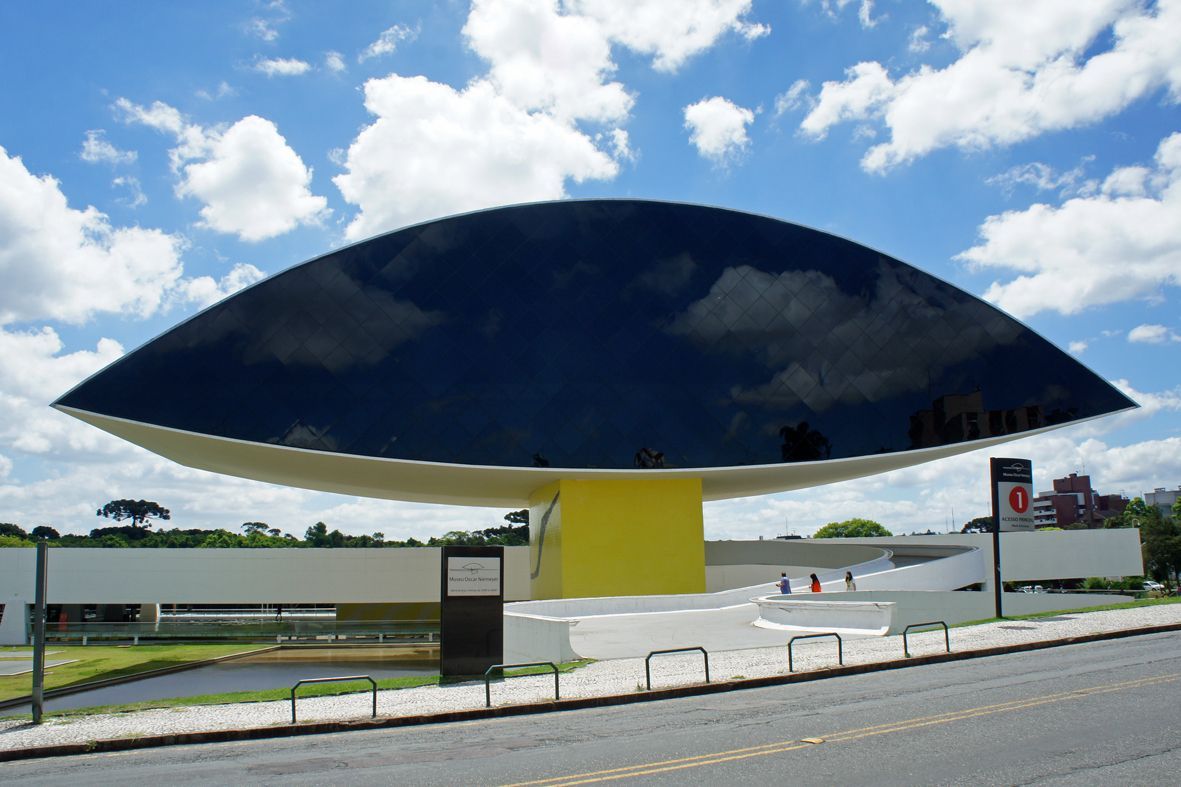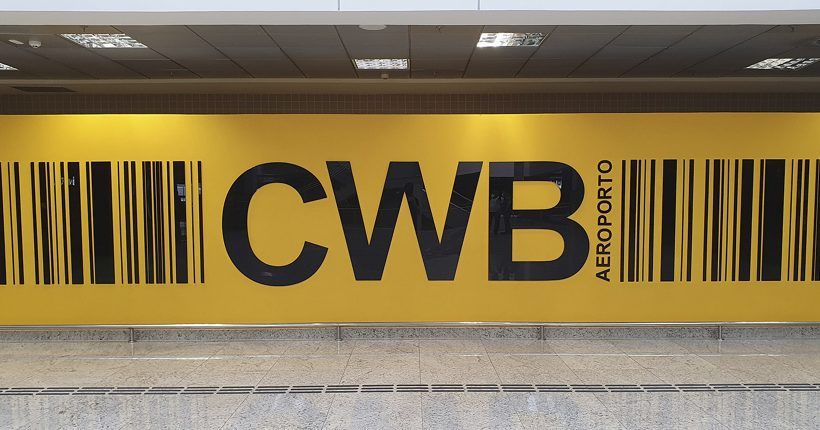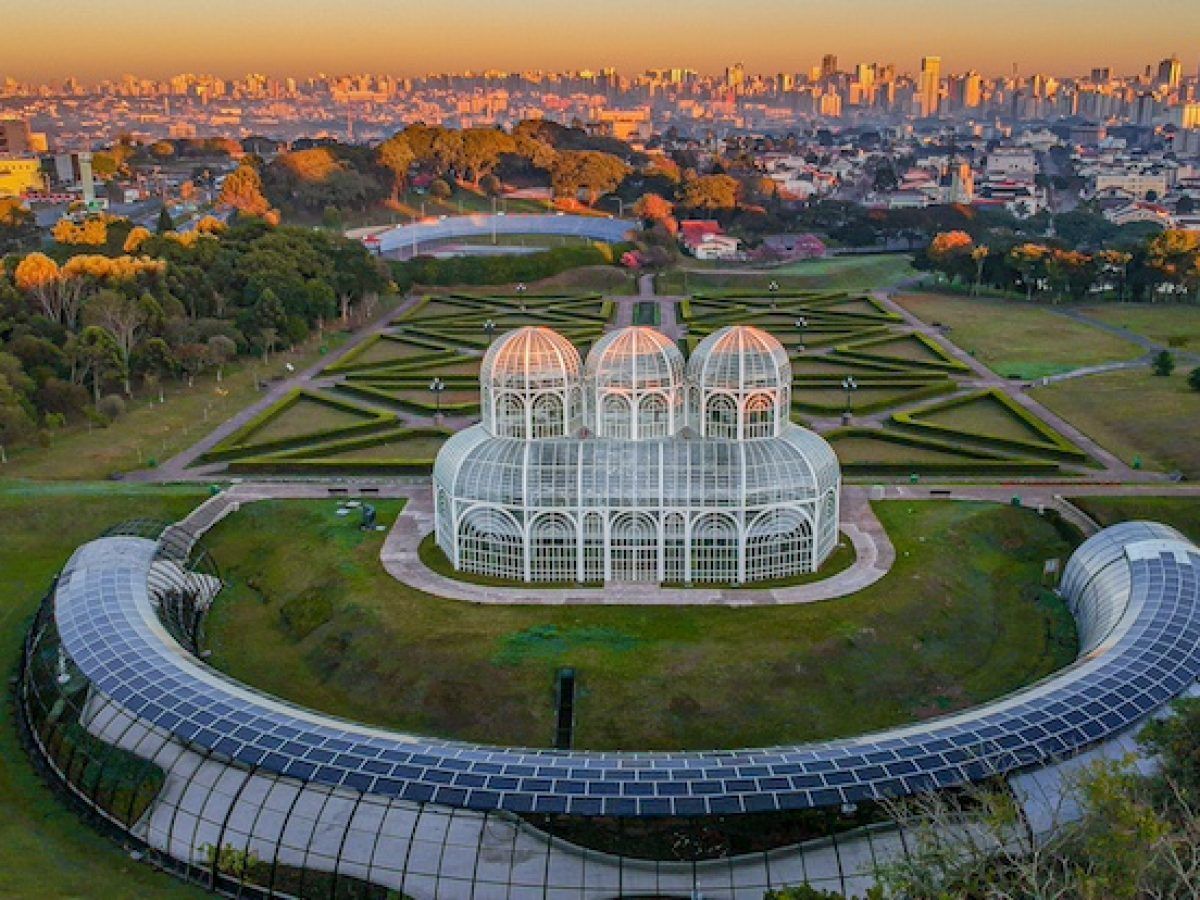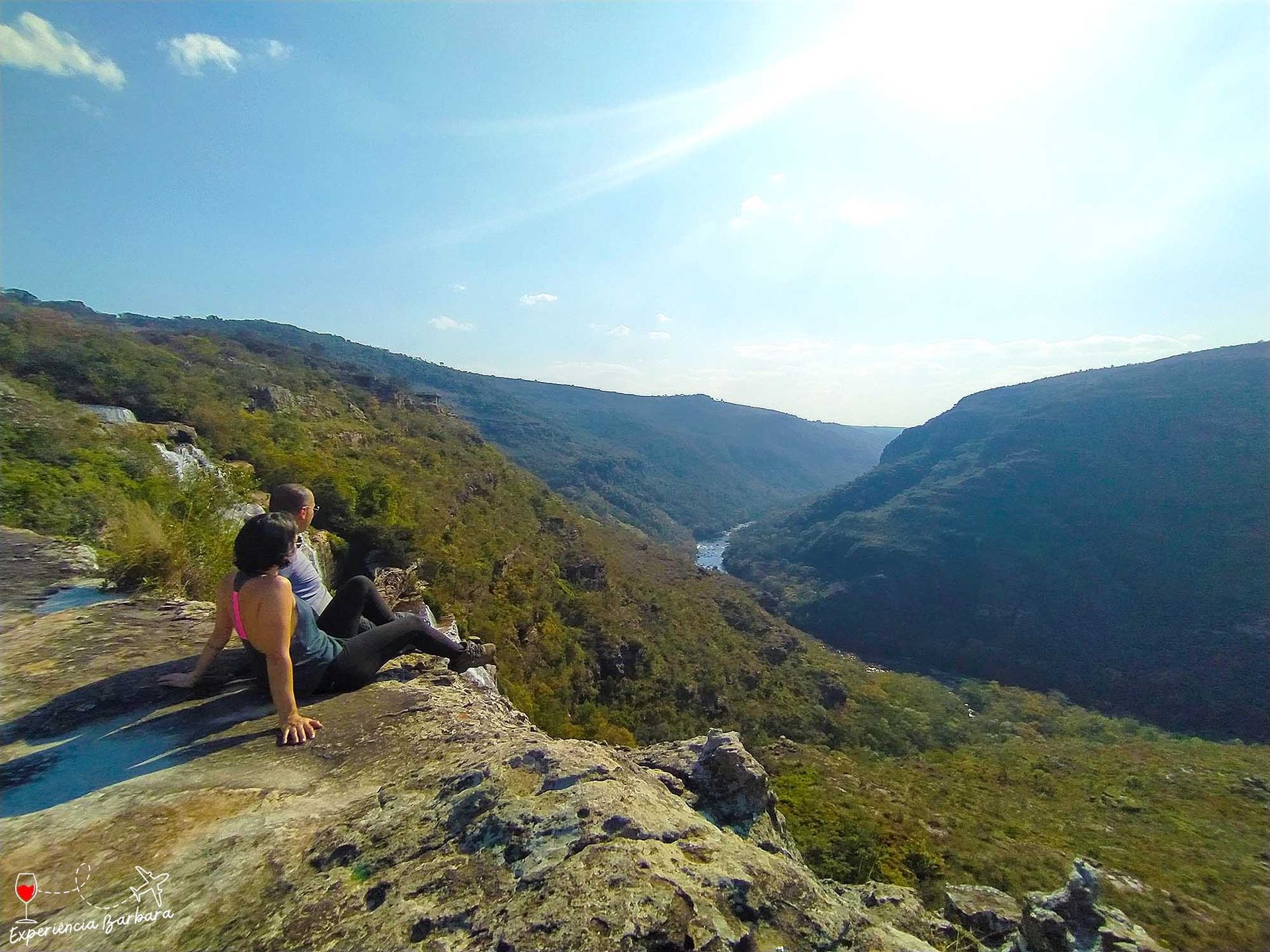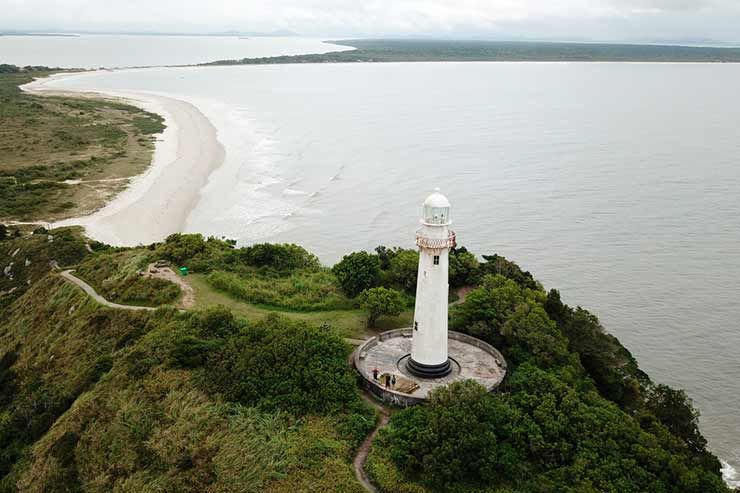German Immigration in Paraná: A Living Cultural Legacy in Curitiba and Beyond
German immigration has left a deep impact on Paraná, especially in Curitiba and the countryside. Since the arrival of the first immigrants in the early 19th century, Germans have contributed to the economic, cultural, and social development of the state, bringing agricultural knowledge, religious traditions, and a rich cultural heritage that remains alive today.
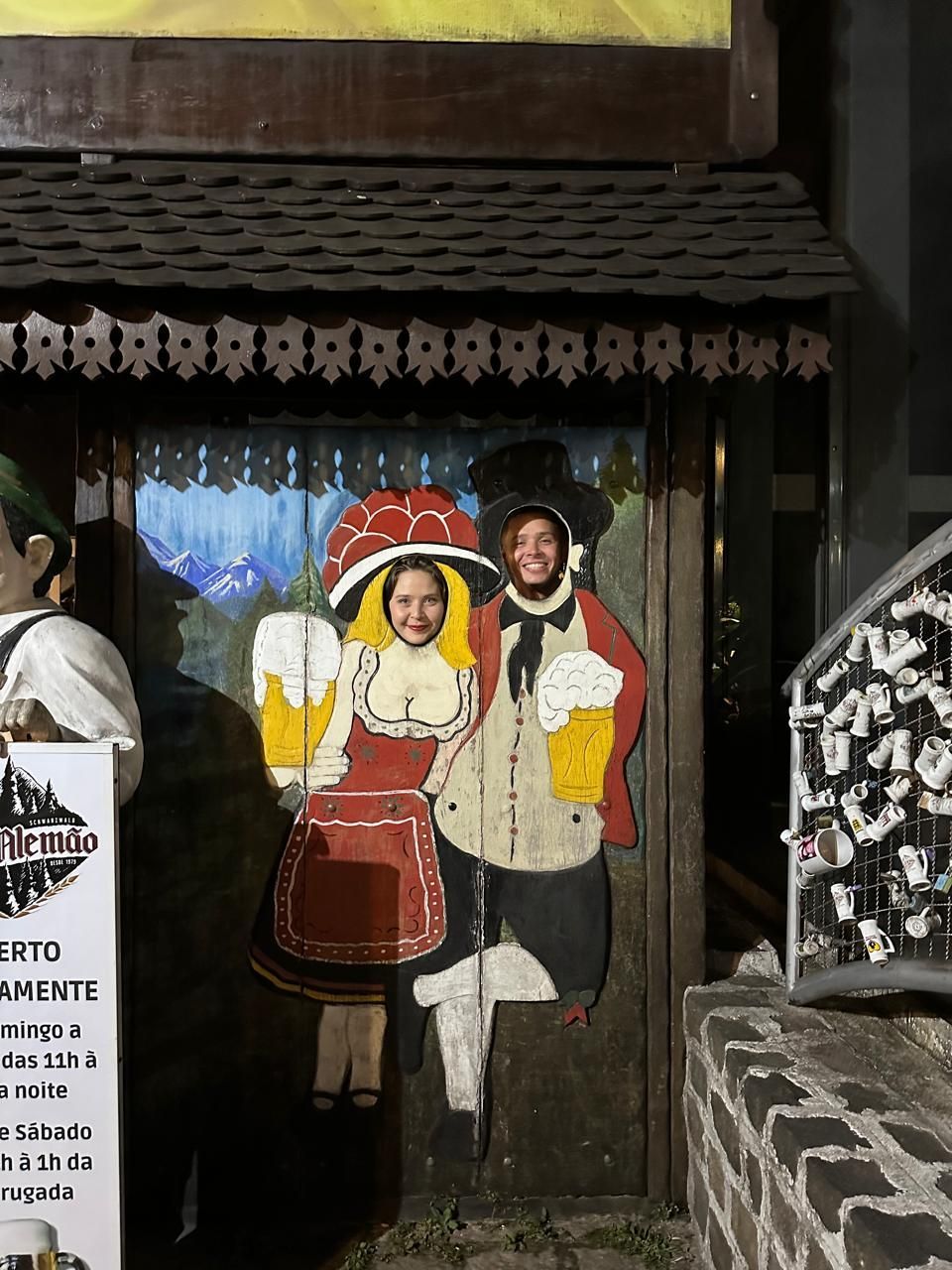
The German Presence in Curitiba
Curitiba is a vibrant example of German influence in Paraná. The city celebrates this heritage in various cultural, architectural, and culinary aspects. One of the most well-known landmarks is the German Woods Park (Bosque Alemão), located in the Vista Alegre neighborhood, which pays tribute to the immigrants with its Hansel and Gretel Trail, a half-timbered house replica, and spaces for reflection and connection with German culture.
German cuisine is widely celebrated in Curitiba. The iconic Schwarzwald Bar do Alemão, located in Largo da Ordem, is a popular meeting place for those who want to try typical dishes such as eisbein (pork knuckle), sausages, and the famous apple strudel. Additionally, several bakeries and pastry shops around the city offer bread and sweets with strong German influences.
Cultural events such as Oktoberfest are celebrated at different times of the year, reinforcing Curitiba’s bond with German traditions. These festivals include folk dances, traditional outfits like dirndl and lederhosen, and, of course, lots of music and gastronomy.
Other German Immigration Centers in Paraná
- Palmeira:
The Cradle of German Colonization in Paraná
Located in the Campos Gerais region, Palmeira is one of the first cities colonized by Germans in the state. The region preserves historic rural properties and celebrations that keep immigrant traditions alive. The city also enchants visitors with its natural landscapes and warm hospitality. - Witmarsum:
A Mennonite Colony with German Traditions
Although best known for its Mennonite traditions, Witmarsum, in the municipality of Palmeira, also reflects aspects of German immigration. With its rich gastronomy, handmade products, and the charm of its rural scenery, Witmarsum is an ideal destination for those seeking a cultural and historical experience. - Entre Rios:
A German Treasure in Central-Southern Paraná
The Entre Rios Colony, in Guarapuava, is another landmark of German presence in Paraná. Founded by immigrants who arrived from Europe after World War II, Entre Rios is famous for its traditional festivals, architecture, and strong agricultural production. - Campo Largo:
German Influence and the Ceramic Tradition
Campo Largo, a city near Curitiba, is known both for its ceramic industry and for the German cultural influence in its traditions. The city offers typical German restaurants and events that celebrate this heritage.
The German Contribution to Paraná
🏡
Half-timbered Architecture: German-style houses and churches, especially visible in Curitiba and Palmeira.
🥨
Gastronomy: German cuisine, with its
sausages, sauerkraut, pork knuckle, and apple strudel, has become part of the state's identity.
🎉
Cultural Events: Traditional festivals such as
Oktoberfest and folk music and dance festivals keep the immigrants' traditions alive.
📖
Education and Religion: Schools and churches founded by Germans played an essential role in
preserving the German language and culture.
Explore German History and Culture with Brasul Trips!
How about immersing yourself in the
history of German immigration in Paraná?
We offer guided tours that connect you to the cultural roots of the state. Discover the German Woods Park in Curitiba, explore historic colonies like Palmeira and Witmarsum, and experience the rich gastronomy and traditions that shaped Paraná.
📞 (41) 98840-0172
Come and discover the legacy of German immigration in Paraná and be enchanted by the stories and traditions that still live on!
